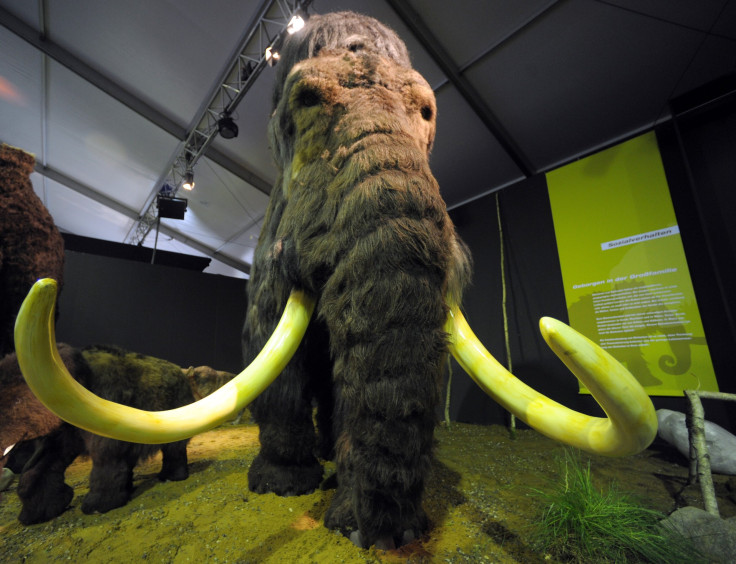Mammoth Skull Found Intact On California Island Intrigues Researchers

Scientists discovered an “exceptionally” well preserved mammoth skull in California’s Santa Rosa Island this week. The U.S. Geological Survey (USGS) dated charcoal samples adjacent to the skull to approximately 13,000 years, which coincides with the time of the Arlington Man, the oldest human skeletal remains found in North America.
The team comprising former National Park Service archaeologist Don Morris, the Mammoth Site paleontologist Justin Wilkins and preparator Monica Bugbee found the remains within the Channel Islands National Park.
“This mammoth find is extremely rare and of high scientific importance. It appears to have been on the Channel Islands at the nearly same time as humans,” Wilkins said in a statement published Wednesday. “I have seen a lot of mammoth skulls and this is one of the best preserved I have ever seen.”
What the scientists find even more interesting is the newly discovered skull is not large enough to be classified as a Columbian mammoth but it is also not small enough to be identified as a pygmy mammoth. The mammoth’s tusks are also unusual. The right one protrudes 1.4 meters with a coil attributed to older mammoths but the left tusk slopes in a manner typical of a juvenile mammoth.
Researchers believe that the mammoth’s fossilized teeth could reveal if it’s a Columbian or pygmy mammoth, or a transitional species.
Columbian mammoths appeared in North America about 1.5 million years ago, having evolved from their Asian cousins who migrated from the Asian steppes. Some Columbian mammoths migrated to the Channel Islands during the past two ice ages, during which sea levels were lower and the islands were close to the mainland. Over a period of the time, their descendants downsized from 14 feet in height to six feet, becoming the shorter pygmy mammoths.
“The discovery of this mammoth skull increases the probability that there were at least two migrations of Columbian mammoths to the island — during the most recent ice age 10-30,000 years ago, as well as the previous glacial period that occurred about 150,000 years ago.” USGS geologist Dan Muhs said.
Muhs also detected a rare mammoth footprint while investigating the island’s marine terraces. The skull will be preserved for future public display in the Santa Barbara Museum of Natural History.
© Copyright IBTimes 2024. All rights reserved.












